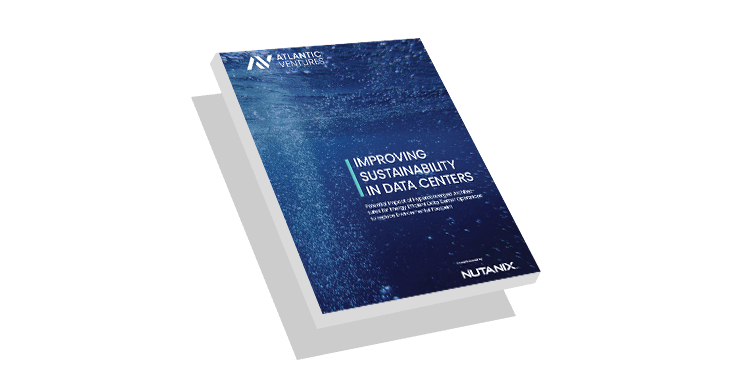Content is Loading...
By submitting this form, you agree to Nutanix contacting you with this and other information. You may unsubscribe at any time. Nutanix Privacy Statement.

The last world climate conference in Glasgow (#COP26) has made it clear that sustainability and climate protection are the new strategic imperatives for the coming decades. Almost all company leaders are currently concerned with the question of how to adapt their company to the goal of climate neutrality and how to embark on intelligent “decarbonisation paths”. Not only CEOs, CFOs and COOs are looking for ways to achieve their own emissions targets in the near future, but in an increasingly digitised world, CIOs and digital decision-makers must also contribute to reducing the carbon footprint.
Considering rising energy costs, binding emission targets and detailed specifications for sustainability reporting, the operation of datacentres will also change. Corporate IT can only make its contribution to climate protection and to strengthening competitiveness if digital infrastructures are designed and operated in a demonstrably energy-efficient manner and with as few emissions as possible.
With this report, we would like to provide you with suggestions and food for thought for designing an IT infrastructure that is more climate-friendly. In addition, the potential effects of hyperconverged infrastructures (HCI) on energy costs and CO2 emissions in the datacentre are examined as part of a model calculation. For the first time, the report offers a forecast with regard to the aggregated savings potential at the European level (EMEA) and individual national markets. This highlights what a broad-based trans formation towards modern datacentre architectures could achieve in terms of energy efficiency and climate protection. We hope you enjoy reading!